Appetizing art Food stylist adds extra flavour to photos
Read this article for free:
or
Already have an account? Log in here »
To continue reading, please subscribe:
Monthly Digital Subscription
$1 per week for 24 weeks*
- Enjoy unlimited reading on winnipegfreepress.com
- Read the E-Edition, our digital replica newspaper
- Access News Break, our award-winning app
- Play interactive puzzles
*Billed as $4.00 plus GST every four weeks. After 24 weeks, price increases to the regular rate of $19.00 plus GST every four weeks. Offer available to new and qualified returning subscribers only. Cancel any time.
Monthly Digital Subscription
$4.75/week*
- Enjoy unlimited reading on winnipegfreepress.com
- Read the E-Edition, our digital replica newspaper
- Access News Break, our award-winning app
- Play interactive puzzles
*Billed as $19 plus GST every four weeks. Cancel any time.
To continue reading, please subscribe:
Add Free Press access to your Brandon Sun subscription for only an additional
$1 for the first 4 weeks*
*Your next subscription payment will increase by $1.00 and you will be charged $16.99 plus GST for four weeks. After four weeks, your payment will increase to $23.99 plus GST every four weeks.
Read unlimited articles for free today:
or
Already have an account? Log in here »
Hey there, time traveller!
This article was published 23/07/2024 (462 days ago), so information in it may no longer be current.
Behind the Scenes
How is the stage lit? Who hangs the paintings? What happens in the dish pit? Behind the Scenes is a recurring series highlighting the important and often invisible work happening at arts and culture venues across Winnipeg.
Shel Zolkewich has made a career of playing with her food.
Born in Gimli and raised in a Ukrainian household where it was practically “against the law not to have an interest in food,” Zolkewich fell into food styling entirely by accident.
She was working as a journalist and travel writer (occasionally for the Free Press) when she was contacted by a producer who noticed the food content she was sharing on social media from trips and home-cooking experiments. They were looking to hire a food stylist for a series of local commercials.
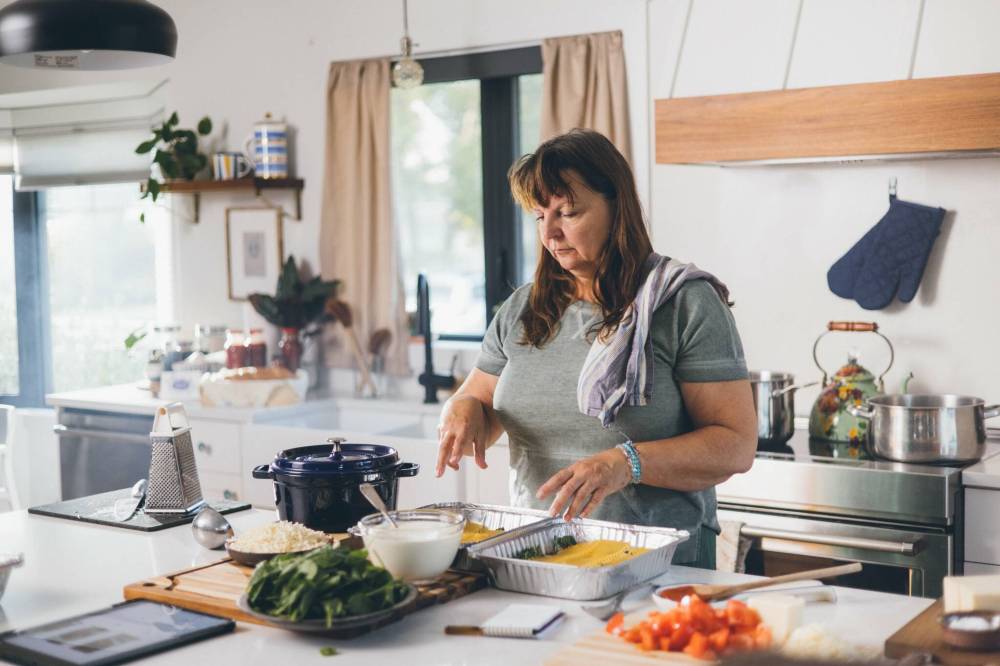
“I hung up the phone and immediately googled, ‘What is a food stylist?’” she says with a laugh. “I had no idea.”
In the decade since, Zolkewich has learned how to make food look its best for photo and video shoots. Her expertise can turn an off-putting plate into an appetizing meal.
While she holds no specific credentials — there are no major institutions offering food-styling programs — she has studied food photography, as well as the principles of composition, design and colour. The tricks of the trade have come through online advice and trial and error.
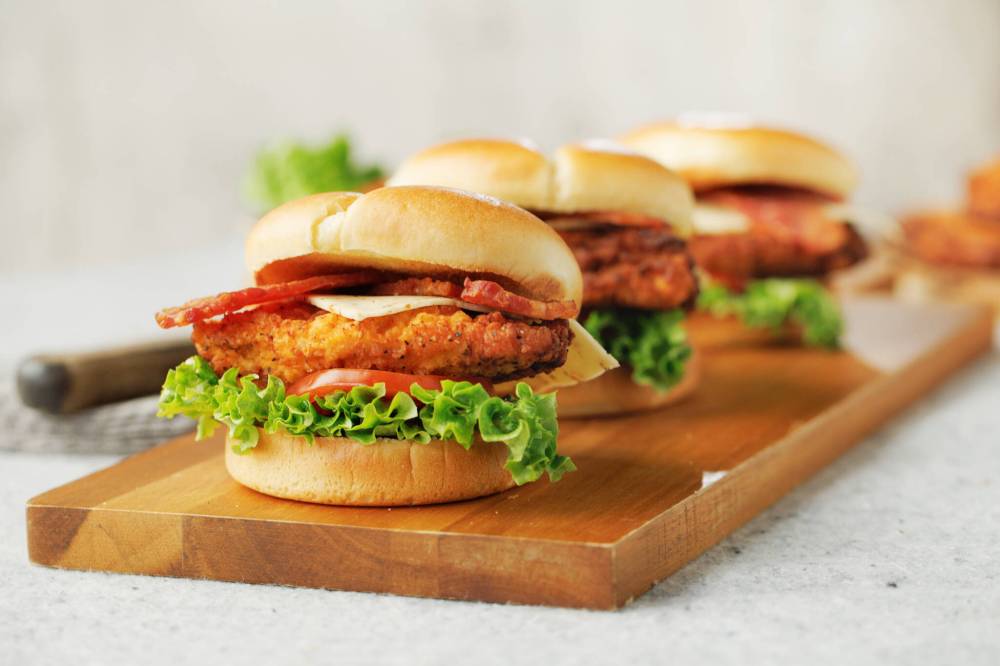
Something Zolkewich learned early on was to prepare an excess of ingredients, especially for video reshoots. Her first gig was a Dairy Farmers of Canada commercial consisting of a farmer sitting on a tailgate enjoying a short rib and smoked gouda sandwich.
“I made lots and lots of short ribs and I shredded lots and lots of smoked gouda. We did a total of nine resets, which was good because I had ingredients to do 10,” she says.
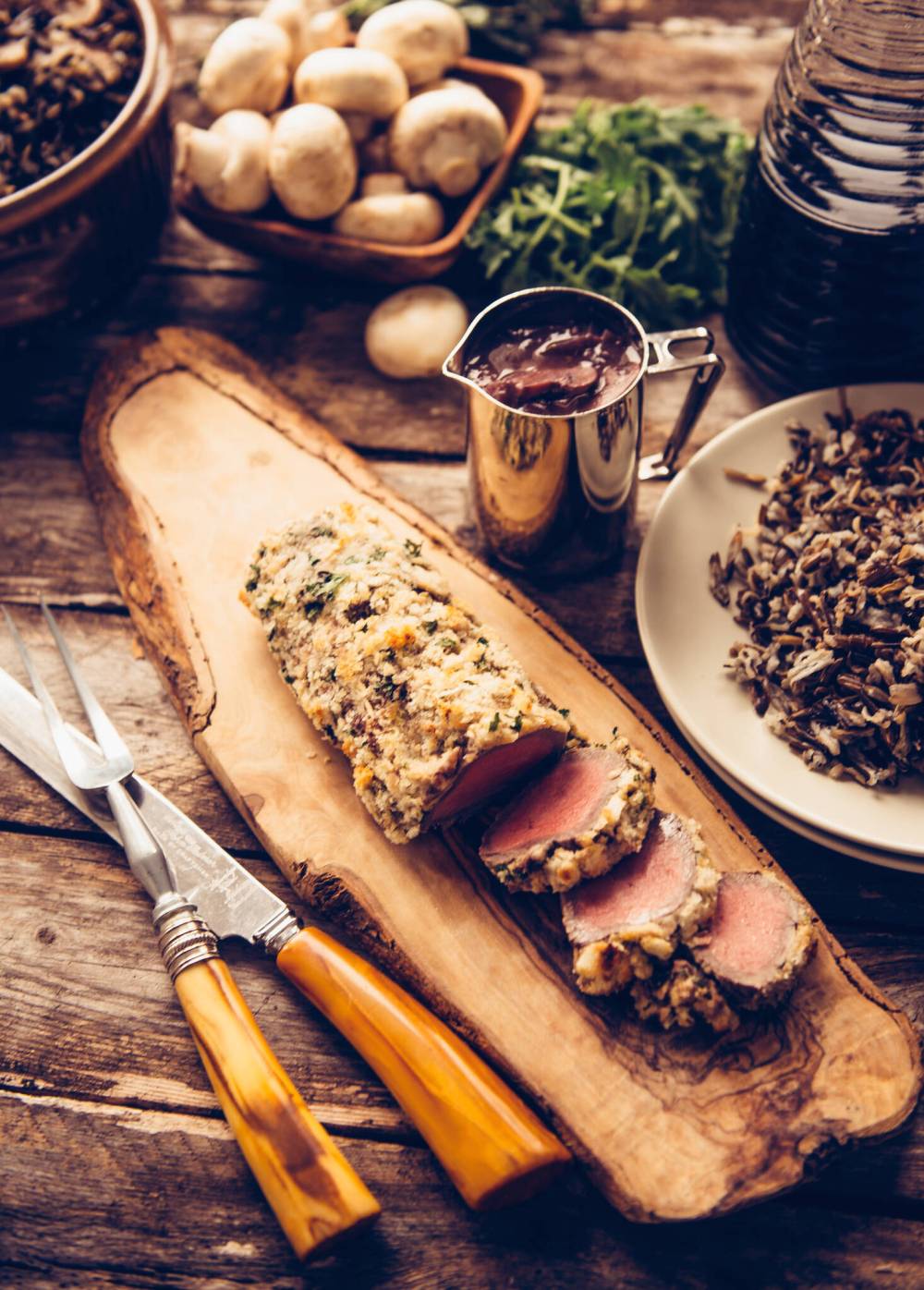
Zolkewich has worked for a range of clients, from agriculture commodity groups to tourism companies to restaurants. Sometimes the job includes developing recipes and taking photos; other times she’s putting finishing touches on a chef-plated dish and collaborating with a photographer or videographer.
Next month, her work will make its movie debut in a Hallmark flick entitled The Magic of Lemon Drops. (Zolkewich isn’t at liberty to talk about what exactly she made for the production, but lemon drops may or may not have been part of the assignment.)
For someone who jokes she grew up in “show business” because her family owned the Gimli movie theatre, working on a film set was an exciting challenge.
The days were long and last-minute script changes often meant coming up with dishes on the fly. She had to prep enough ingredients to ensure continuity while making sure those ingredients could withstand a lengthy wait between scenes.
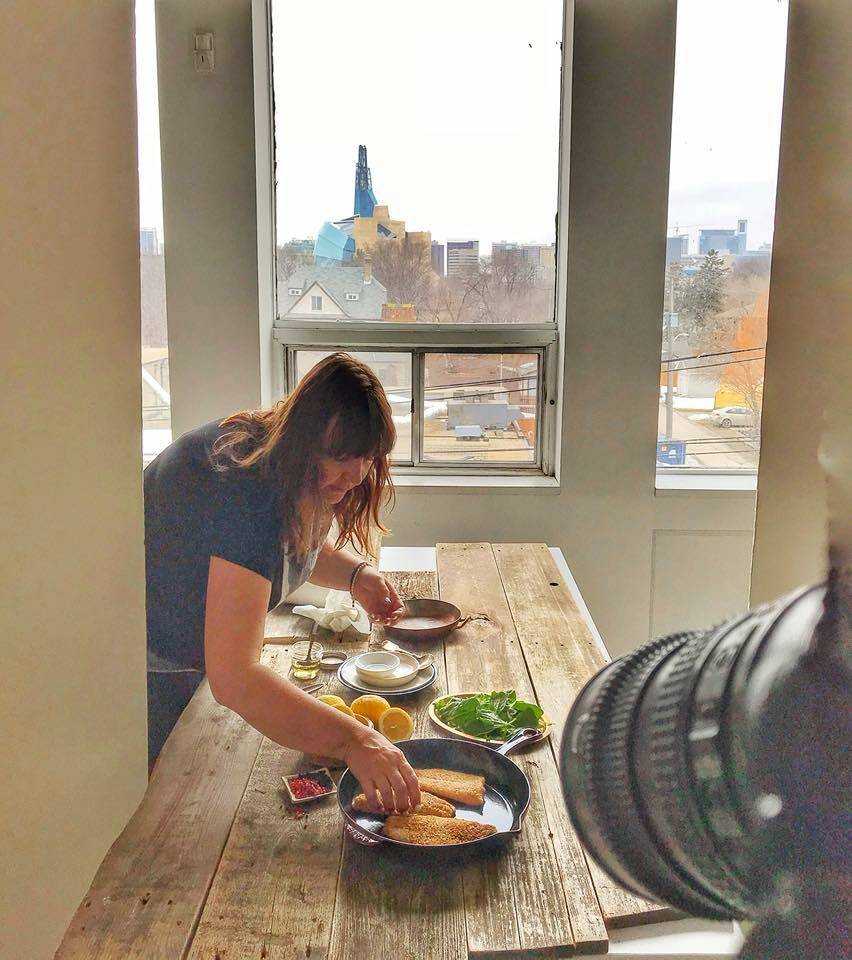
“It really stretched my creativity. I had to figure out how to work with a sauce so it doesn’t separate or so things don’t start looking like they’re too old or start hardening up,” Zolkewich says.
Food styling isn’t always the most glamorous profession. Some locations have kitchen facilities, others do not.
“No matter what the shoot is, you’re almost always (working) on a portable table with a heat gun behind your vehicle,” she says.
A heat gun is by far her most used tool. One quick blast can make cold, congealed meat products look as if they were pulled off a sizzling grill. Dish soap and paper towels — for wiping plates, doing dishes and cleaning up messes — are also a must.
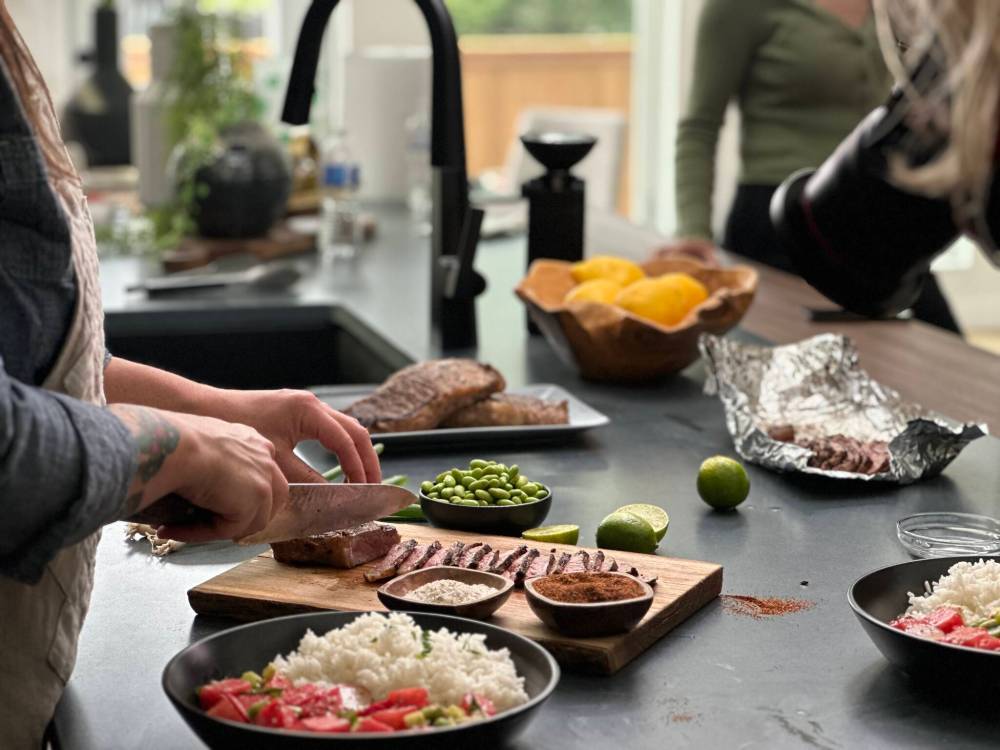
While some food stylists rely on faux ingredients to get the shot, such as mashed potatoes as a stand-in for ice cream, Zolkewich prefers to work with the real thing.
She also likes the challenge of making brown food look appealing.
“If you have a fresh salad with strawberries, it’s a lot easier to get to your endpoint of it looking really, really appetizing than starting with a hunk of brown meat,” she says, adding her focus extends beyond what’s on the plate.
Prop styling is half the battle. Zolkewich still lives in the Interlake on a small farm with many outbuildings filled to the brim with cooking utensils and dinnerware reserved for food shoots.
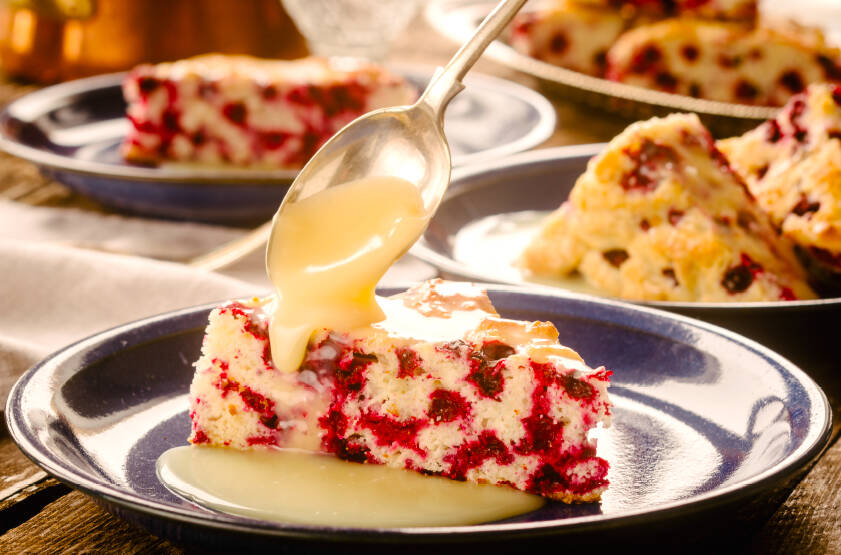
Her personal esthetic leans “modern rustic” and she’s found more glass pinch bowls and vintage silverware at flea markets than she knows what to do with.
How to take better food photos
Whether at home or a restaurant, Shel Zolkewich shares some tips for capturing a memorable meal.
- Find the right angle: Does the dish look best from above or down low? Either way, get in close and turn the plate to find the best focal point.
- Clear away clutter: Remove any sunglasses or keys from the table. Ask your dinner guests to hold their hands out of frame while you get the shot.
- Follow the light: Restaurants aren’t known for their photogenic lighting. If possible, move your plate near a window to snag some natural light.
- Learn how to use your equipment: You don’t need a fancy camera, but you do need to know how to use your device. Play around with your phone and get to know its built-in camera and editing settings.
“Give me a worn wooden cutting board and a piece of silver over a posh-looking white plate any day, but it all comes down to what your client wants and what their vision might be,” Zolkewich says.
As a writer who spends a lot of time in her head, food styling is a chance to practise hands-on creativity.
“It can be really challenging,” she says. “(But) I love it more and more every time I do it.”
eva.wasney@winnipegfreepress.com
X: @evawasney

Eva Wasney has been a reporter with the Free Press Arts & Life department since 2019. Read more about Eva.
Every piece of reporting Eva produces is reviewed by an editing team before it is posted online or published in print — part of the Free Press‘s tradition, since 1872, of producing reliable independent journalism. Read more about Free Press’s history and mandate, and learn how our newsroom operates.
Our newsroom depends on a growing audience of readers to power our journalism. If you are not a paid reader, please consider becoming a subscriber.
Our newsroom depends on its audience of readers to power our journalism. Thank you for your support.
